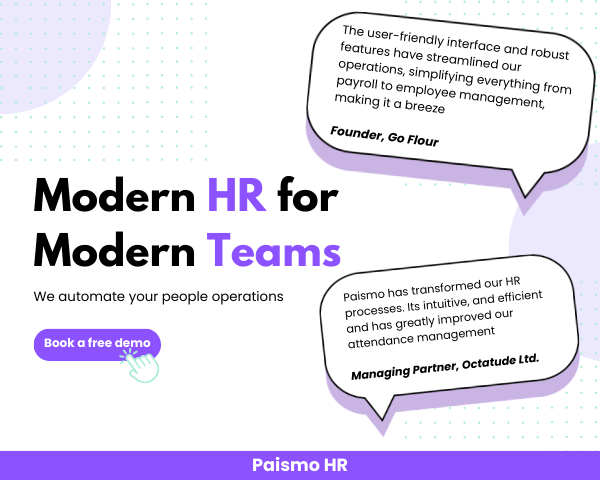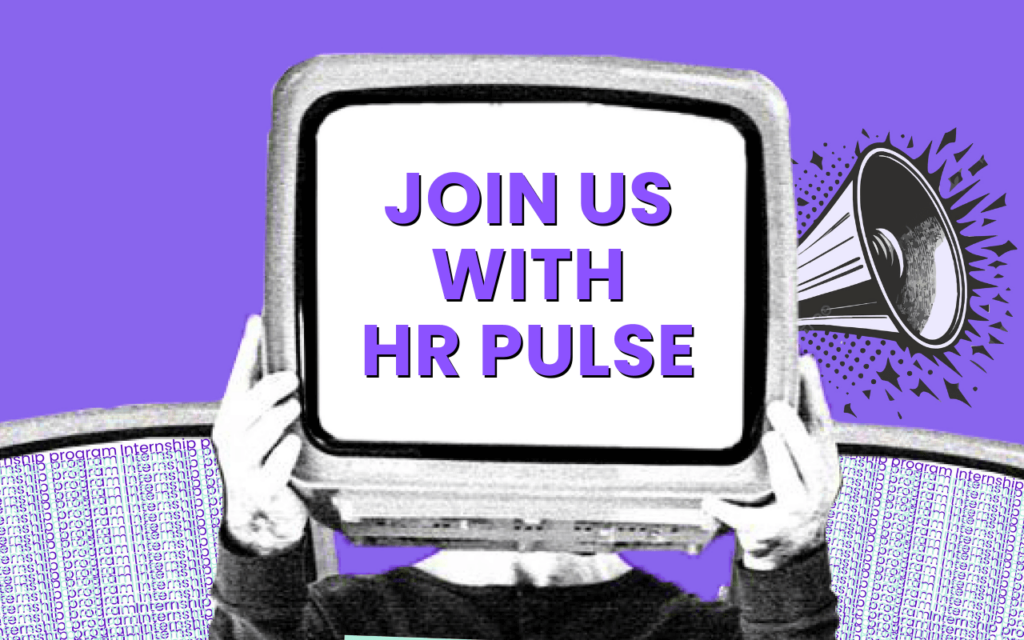Policies and practices designed to promote equal employment opportunities and eliminate discrimination in the workplace.
Here’s a polished and web-ready summary of your content on affirmative action, ideal for a blog, policy page, or educational resource:
What Is Affirmative Action?
Affirmative action refers to policies and practices aimed at increasing opportunities for historically underrepresented groups in employment and education. These measures are designed to promote equal access and eliminate systemic discrimination based on race, gender, religion, or national origin.
Initially focused on hiring and admissions, affirmative action has evolved in response to legal rulings, particularly around the use of quotas. Today, many programs emphasize outreach, recruitment, and retention efforts to create more inclusive environments.
Examples of Affirmative Action Programs
Following Supreme Court decisions restricting racial quotas, modern affirmative action typically includes:
- Targeted recruitment campaigns to reach diverse candidate pools
- Retention and development initiatives for women, minorities, veterans, and individuals with disabilities
- Mentorship programs to support career advancement for underrepresented groups
- Annual Affirmative Action Plans (AAPs) for federal contractors, detailing steps taken to provide equal employment opportunity
These programs don’t guarantee employment or admission but aim to reduce barriers that disproportionately affect certain groups.
Why Is Affirmative Action Important?
Affirmative action helps:
- Address historical and systemic inequalities
Ensure diverse perspectives in the workplace and education - Promote fairness in access to opportunities and resources
- Support compliance with Equal Employment Opportunity (EEO) laws
It has also expanded to protect against discrimination based on age, disability, and veteran status, in addition to race and gender.
Controversies and Ongoing Debate
While supporters argue that affirmative action is essential for equity and representation, critics claim it may favor certain groups over others, potentially disadvantaging equally qualified candidates. For example, debates often focus on whether policies that support one underrepresented group may unintentionally create unfair outcomes for others.
This ongoing conversation reflects broader societal questions about merit, fairness, and structural bias, highlighting the complex nature of designing truly inclusive systems.
Become a part of the Paismo community
Paismo is an HR software that can help simplify your HR operations. In today's dynamic economic environment, efficient HR and automated payroll management are no longer a luxury but a necessity. Paismo is a comprehensive solution that transforms traditional HR complexes into streamlined and automated workflows. Paismo and its paired biometric device integration can be used for your business to mark employee attendance and record their timesheets accurately.
Paismo simplifies your tasks with its core HRMS, timesheets, and attendance management, as well as biometric attendance, payroll automation, and leave management system.
Take the first step toward modernizing your HR and payroll processes and explore what Paismo can do for you. Book a demo with our sales team.










